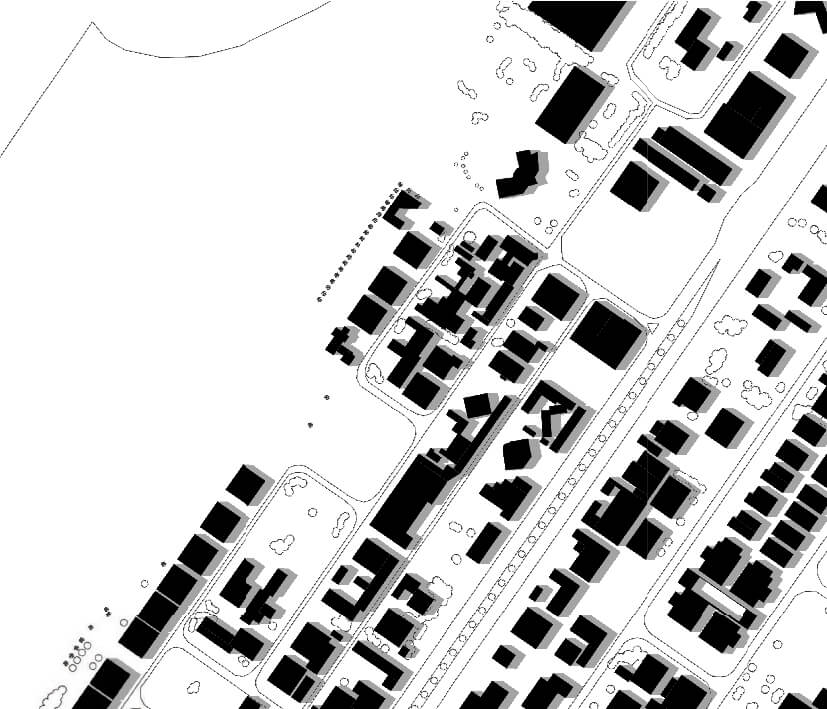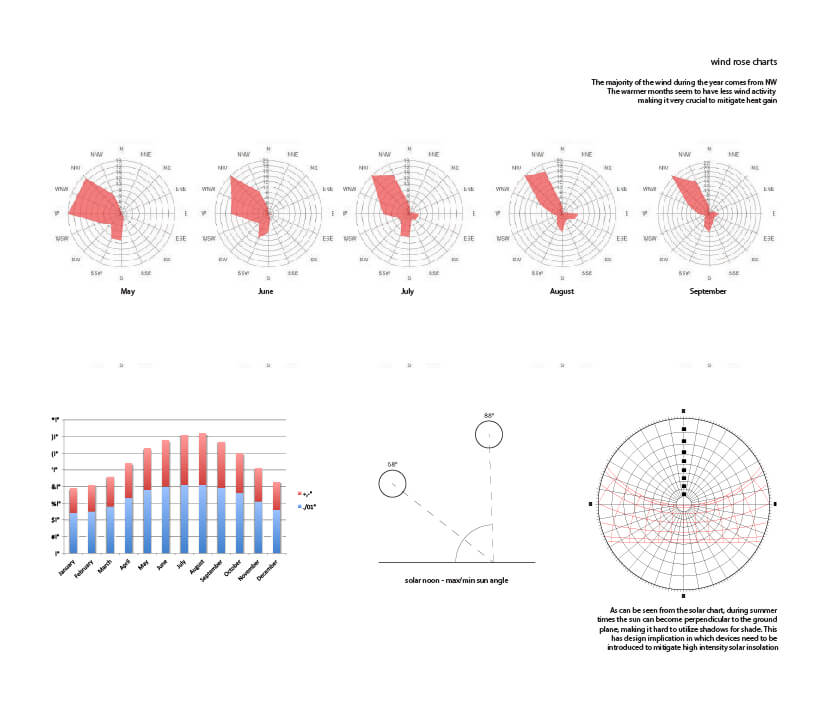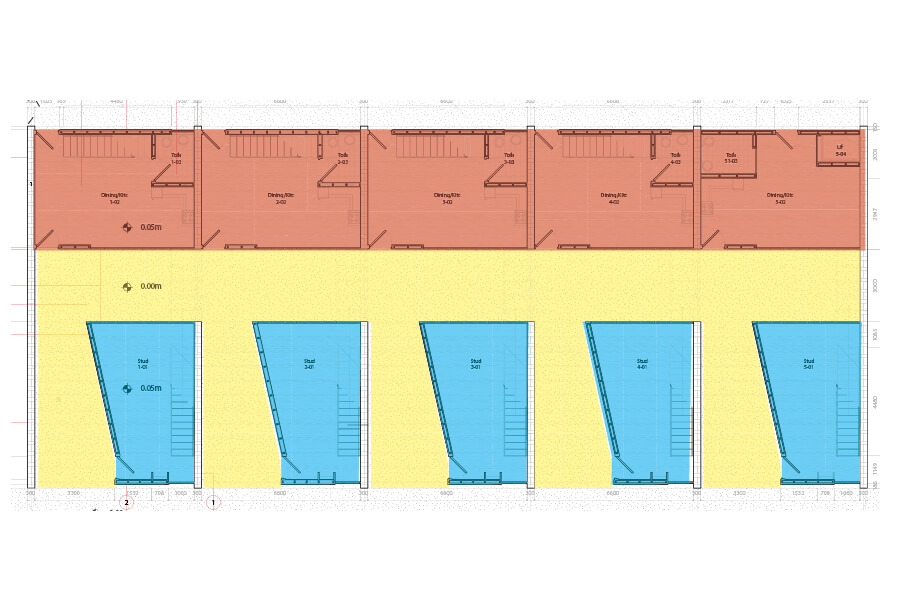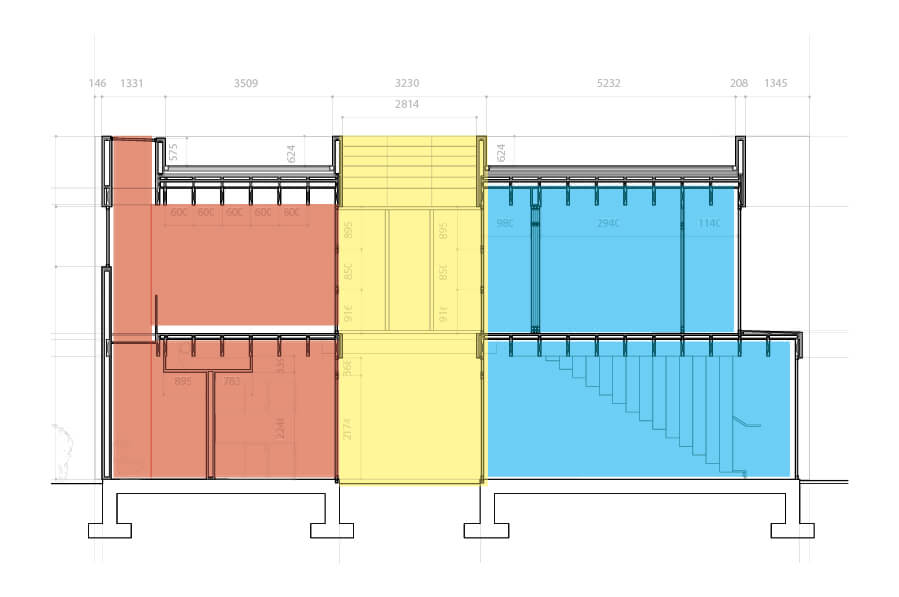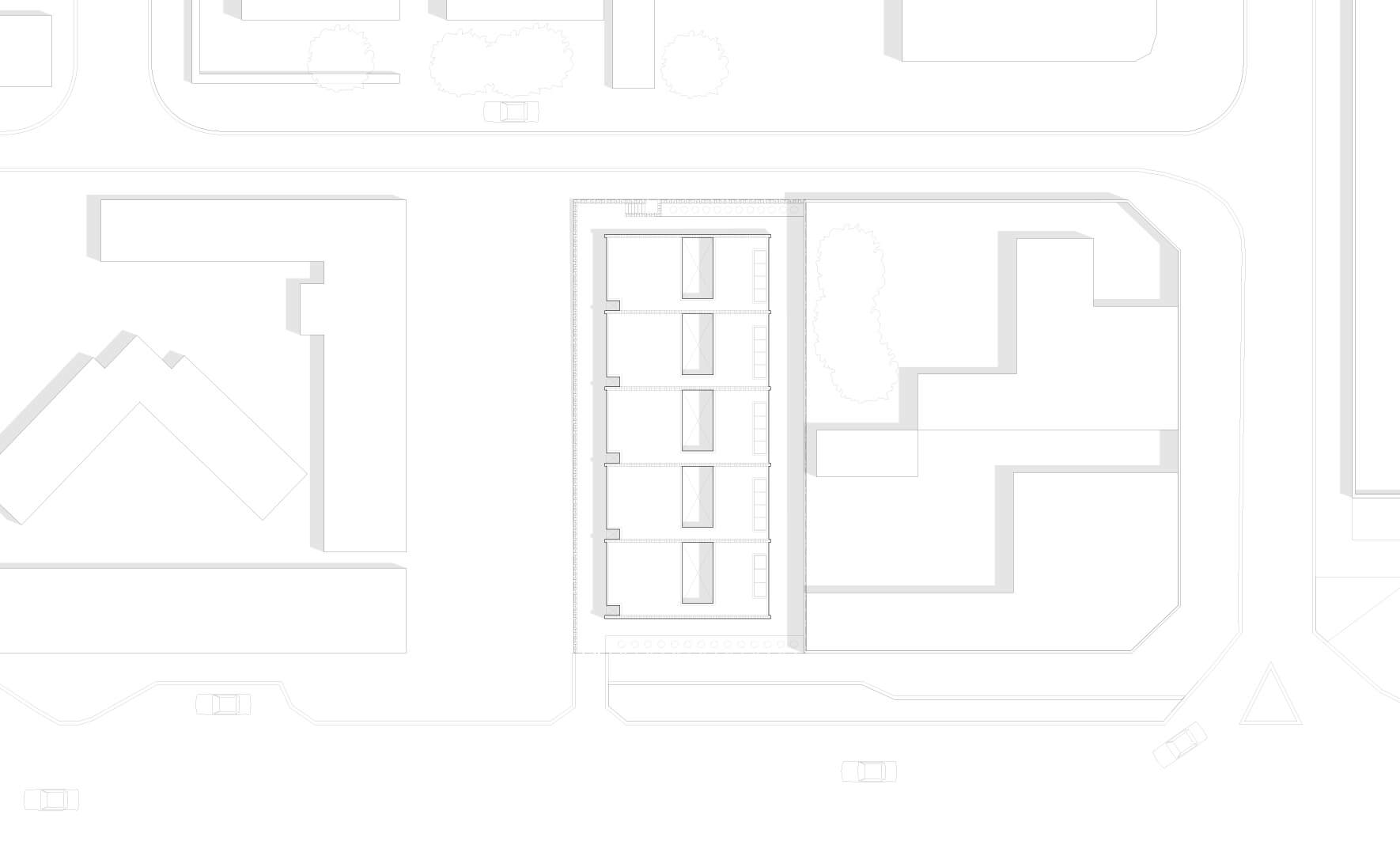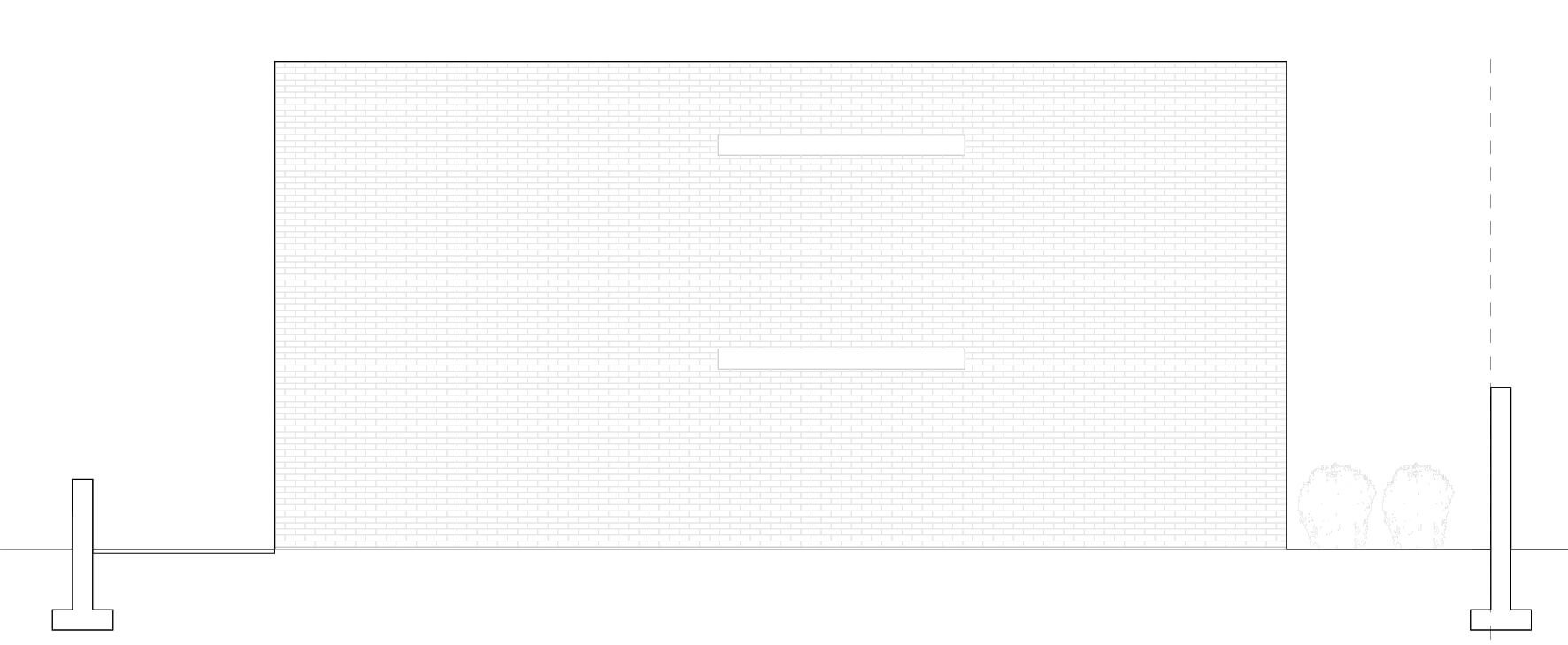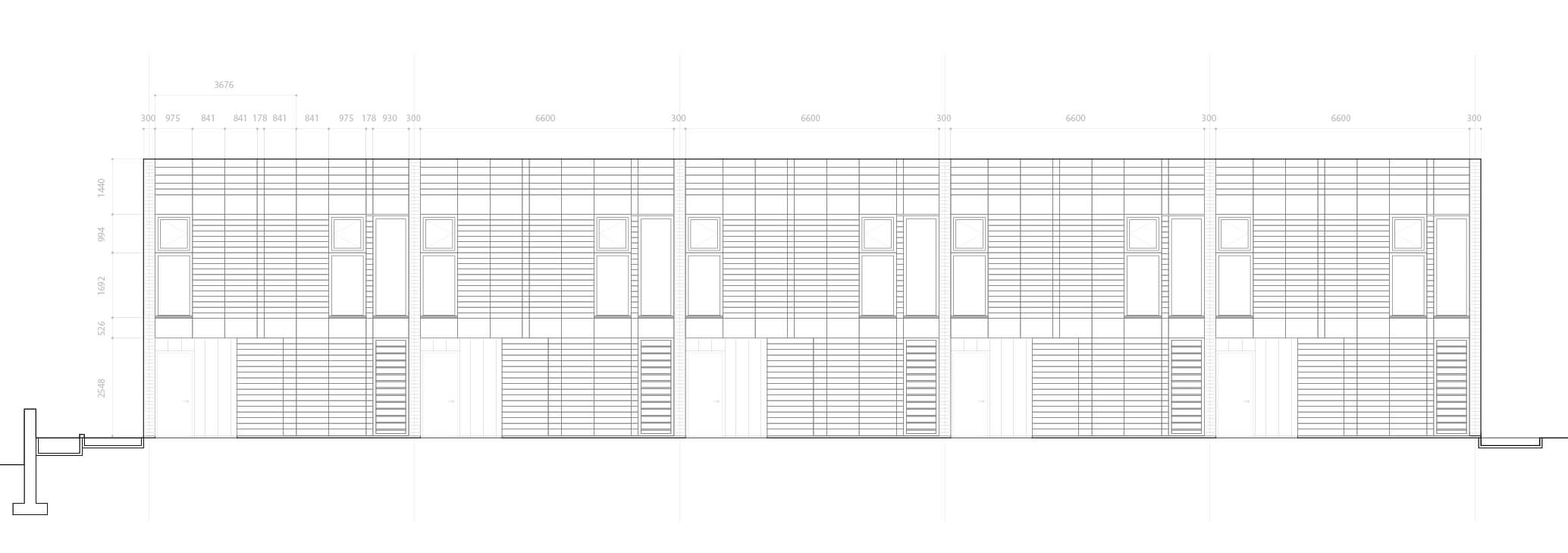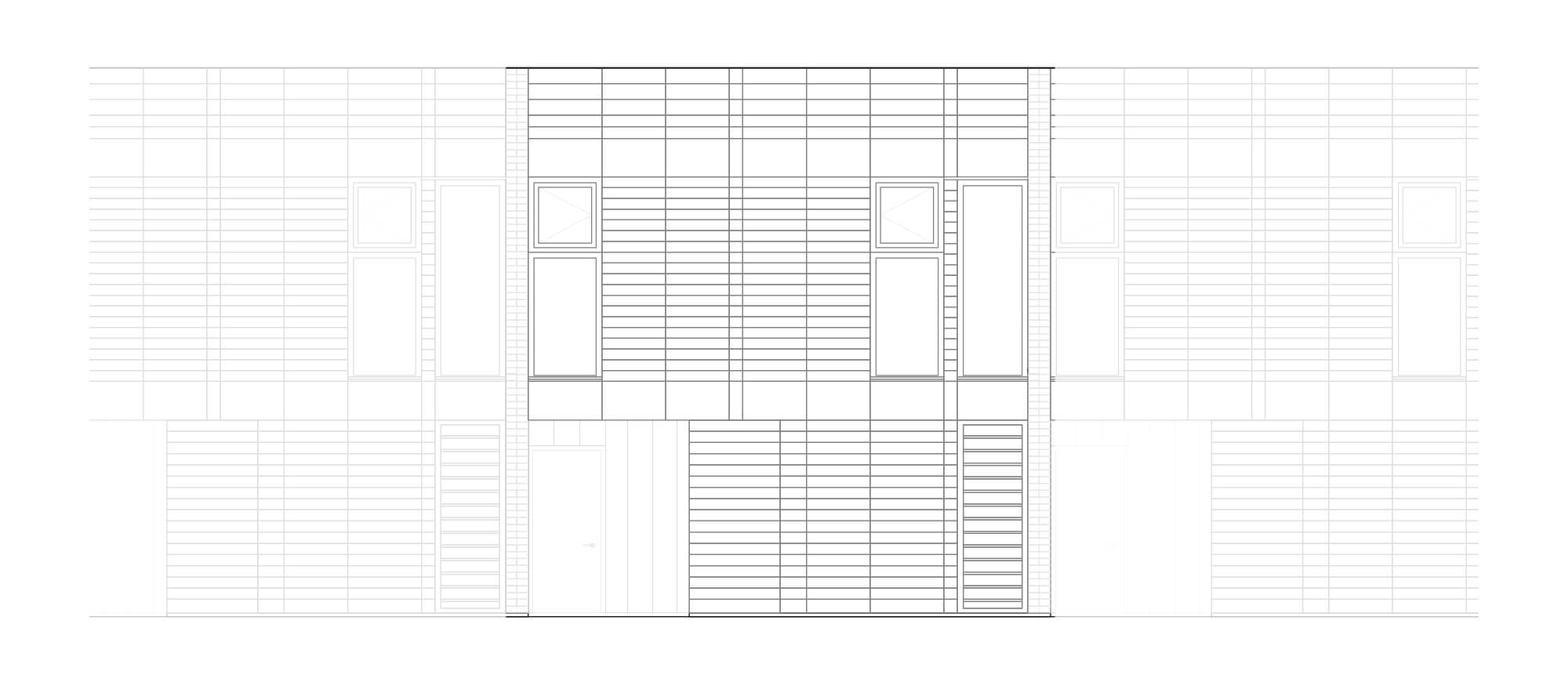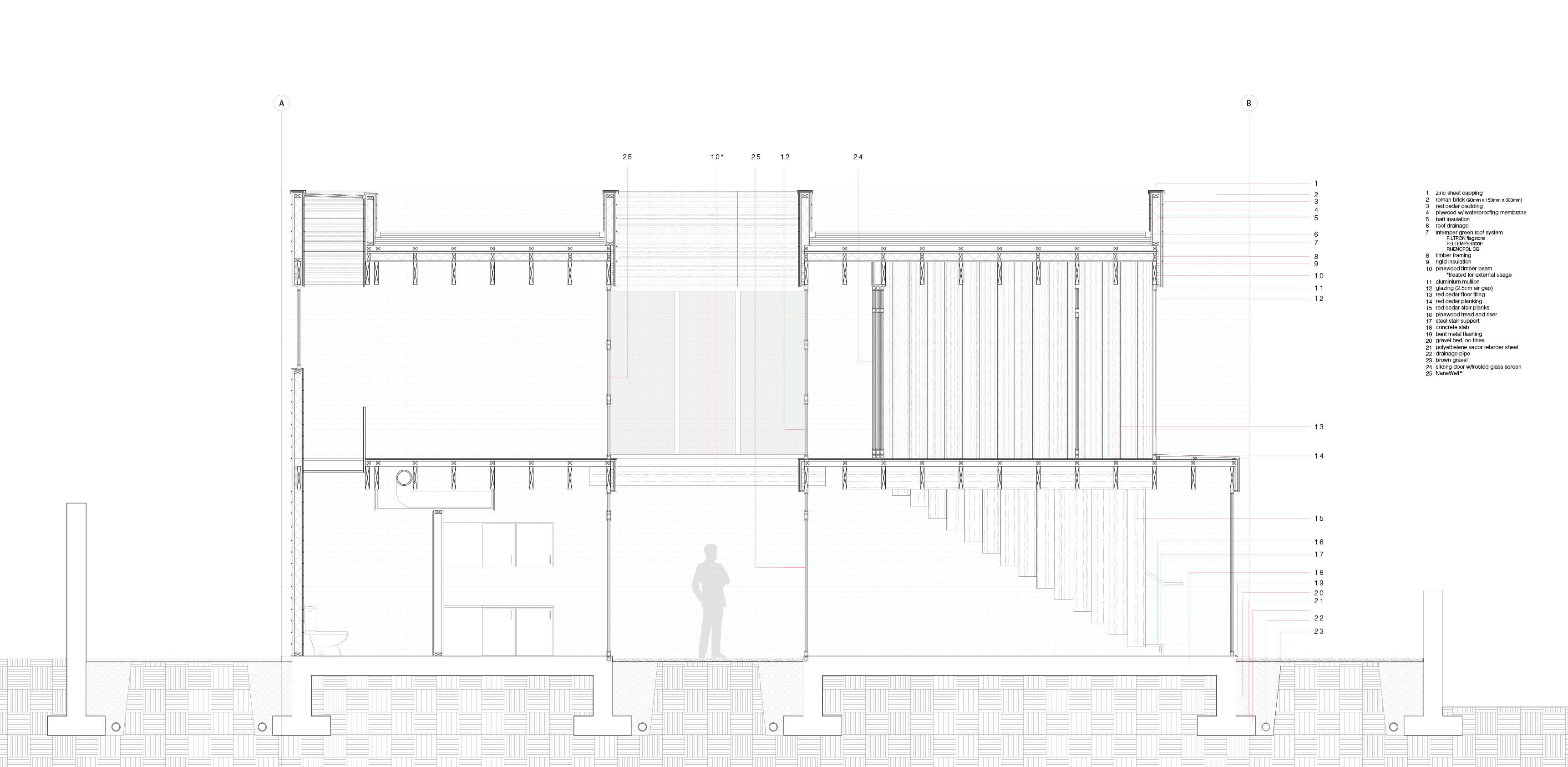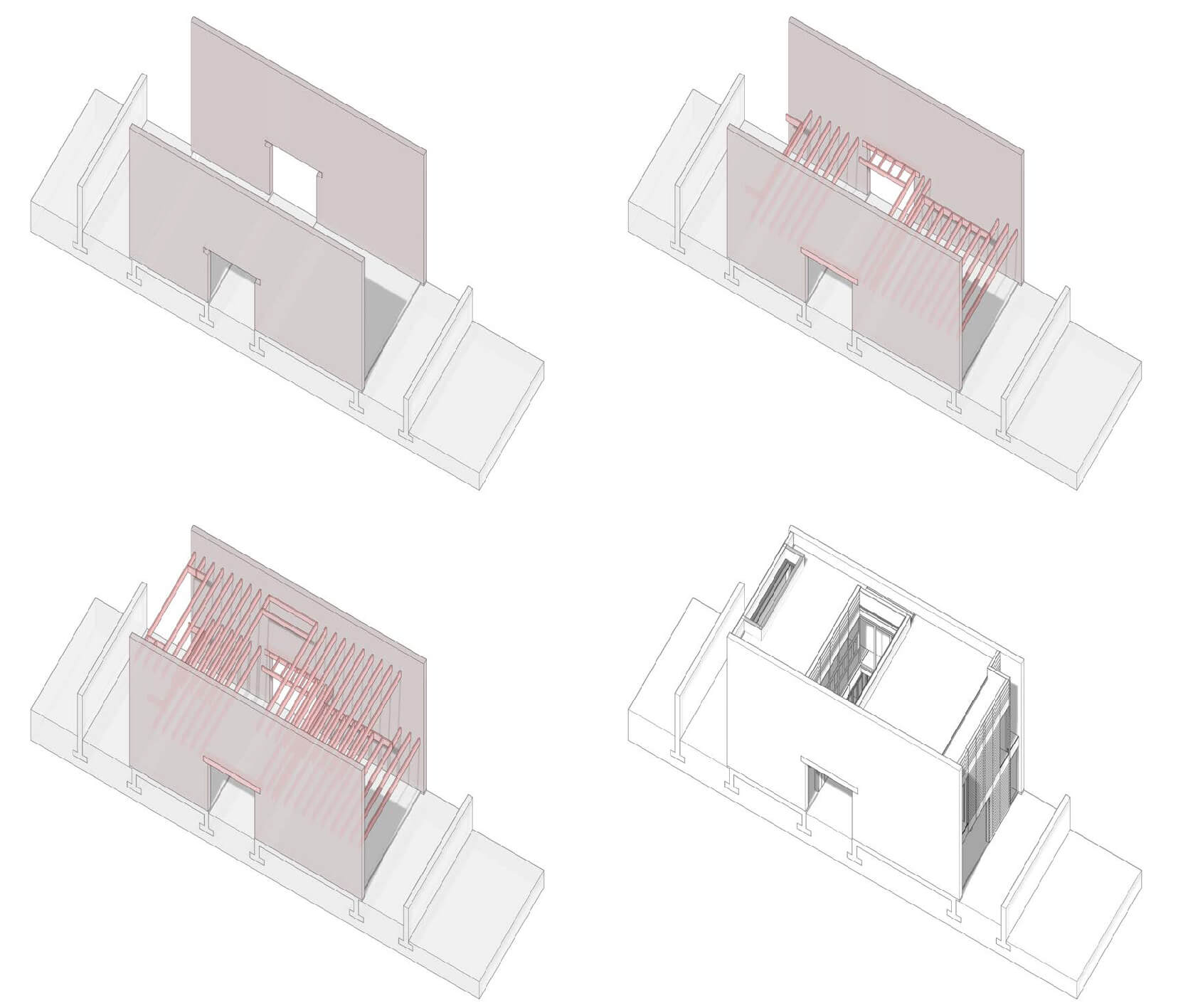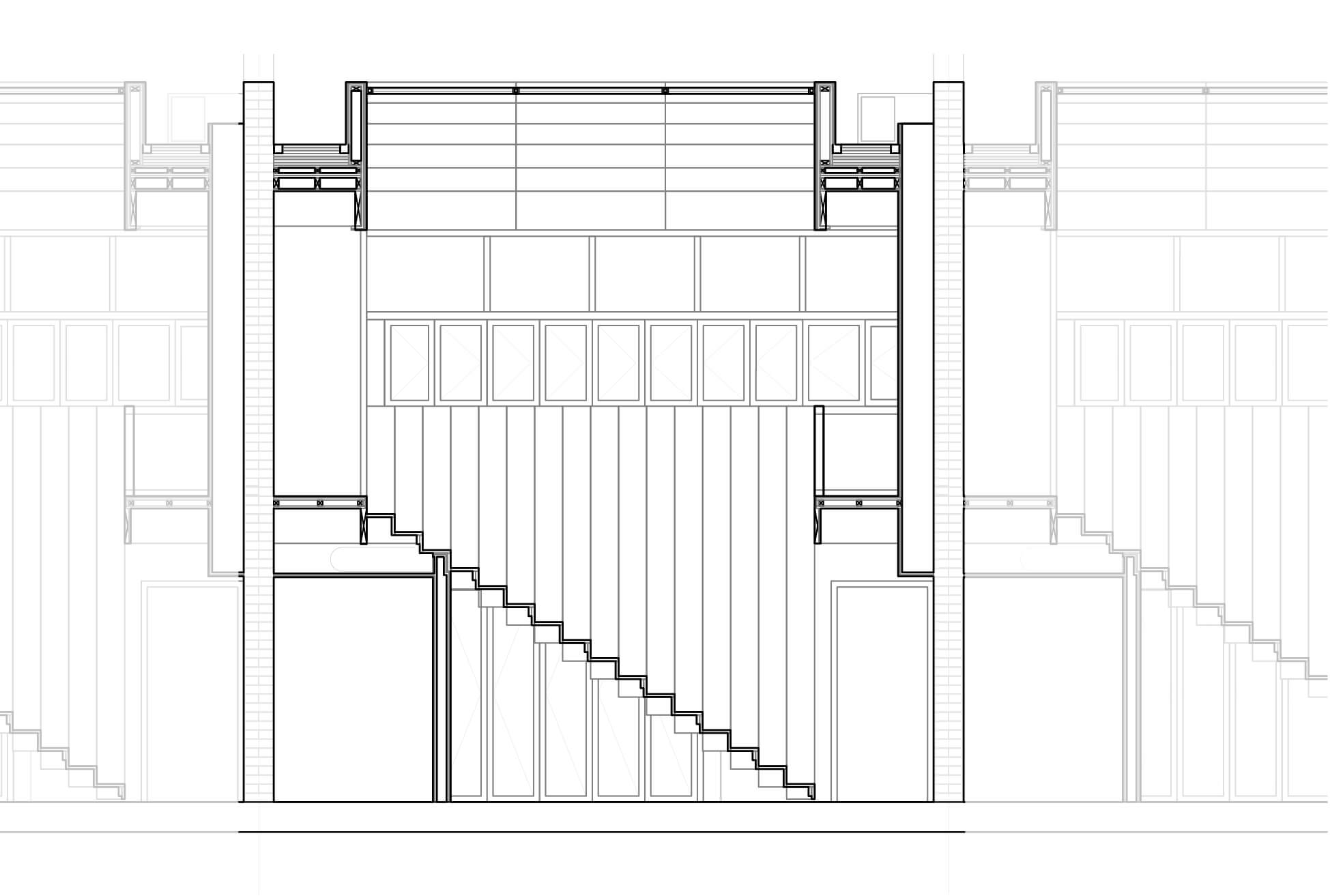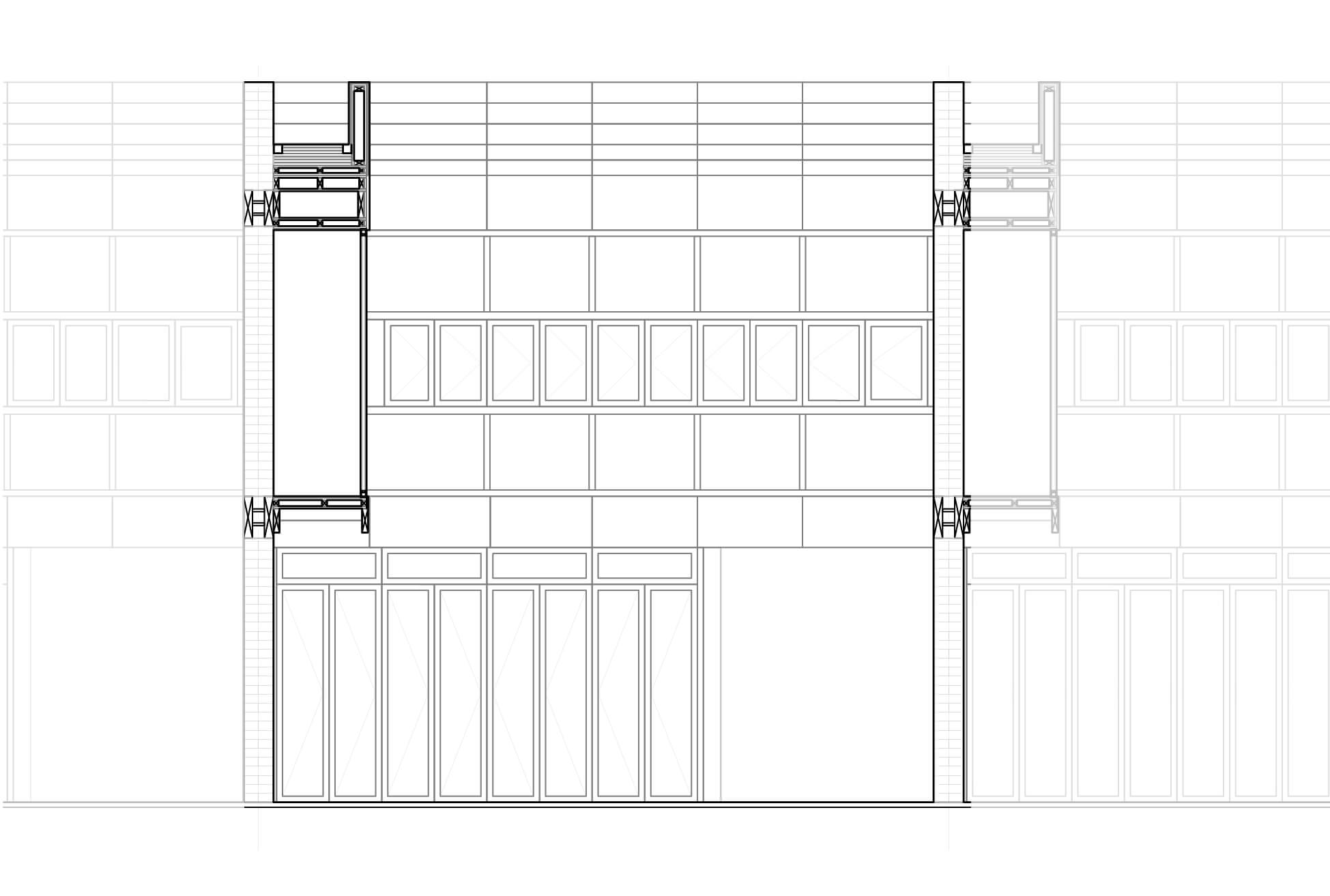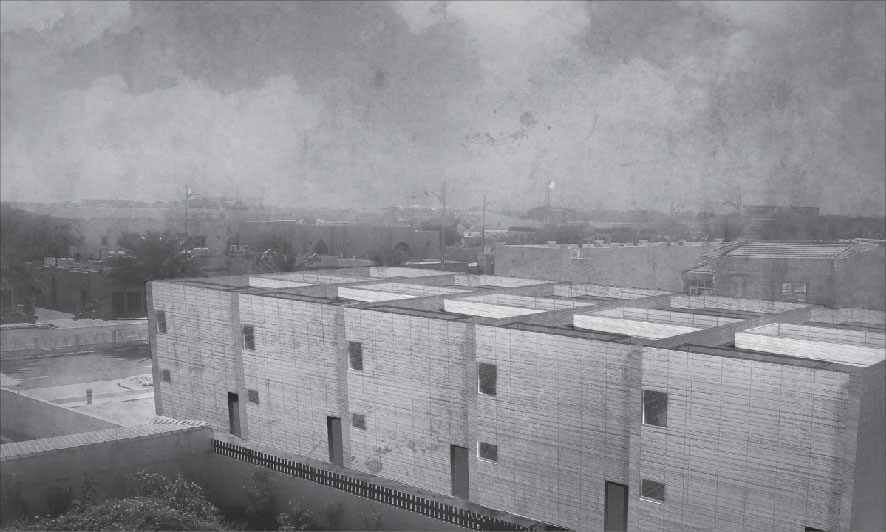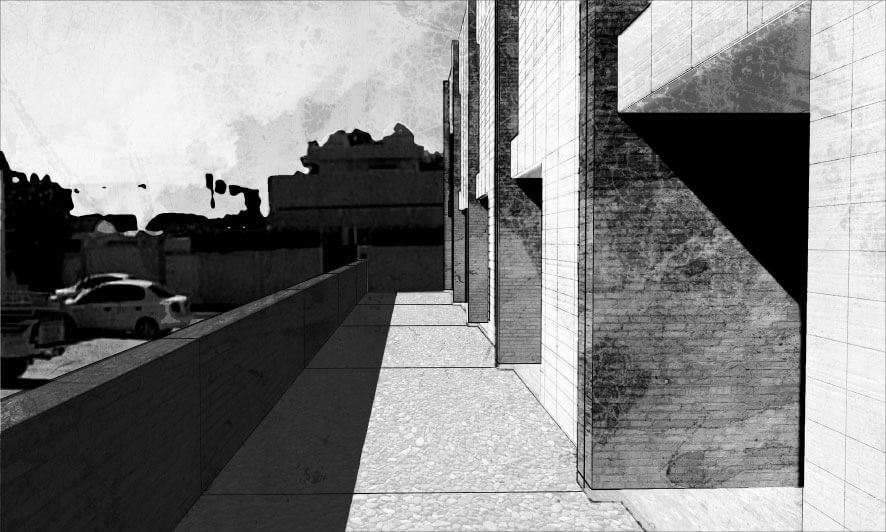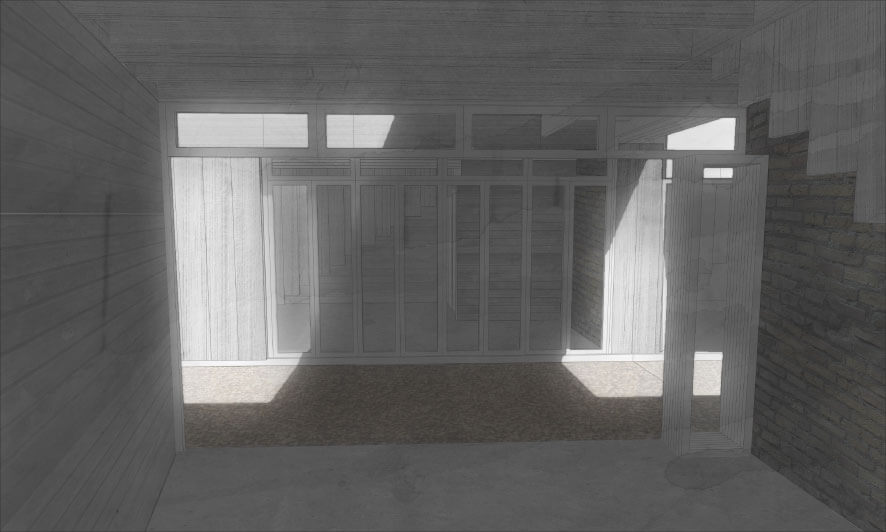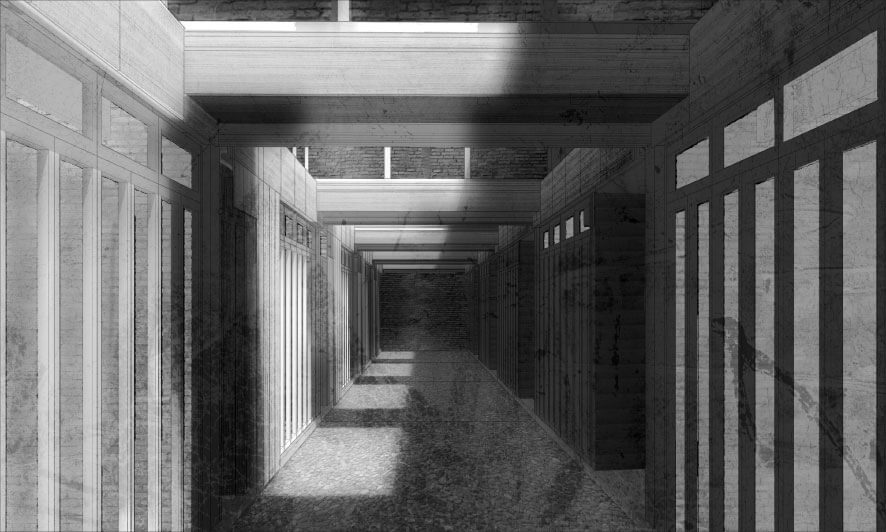Engineered Experiences
Preface
If you've ever lived in Dubai, then you know one of two things: Dubai is a melting pot of different cultures and nationalities, a truly cosmopolitan city, but you also know that Dubai can also be a very lonely city.
This project seeks to address the detached nature of Dubai's community by creating a stage where inhabitants within a micro-community are encouraged to interact with one another, and foster a sense of community.
You see, experience design isn't simply about creating the right clicks and generating conversions. No, experience design can also be used to encourage the creation of a community.
Site
I've specifically chosen an empty land plot in Jumeirah that's set within an ideal distance from public transportation hubs. This specific site serves as a bridge between what is typically seen as an exclusive high-end area, and areas with people from wildly differing social strata and cultural backgrounds.
You might ask me at this point: What are you on about? What does this even have to do with user experience design?
Bear with me for a second here: If you've ever gone to a bar in Dubai, then you'll very quickly learn that bartenders aren't encouraged to interact with customers, customers don't interact with people not within their own social group, and if you're on your own? You're out of luck.
I had lived in the GCC for quite some time, and I can tell you first hand that I have never actually met my neighbours, nor have I ever interacted with them outside of a formal "hello". The lifestyle within the region doesn't really encourage it's the expatriate community to intermingle. This was always a pet peeve of mine, and I had to ask myself: Why don't neighbours interact with one another?
IBM's 5 Why's, and Design Thinking in action:
Neighbours in Dubai do not interact with one another.
Why?
People live a busy life and are usually too exhausted to meet new people.
Why?
People are overworked and traffic takes most any motivation to meet new people.
Why?
Meeting new people requires a lot of concentrated and consistent effort.
Why?
People need time before they can warm up and trust strangers.
So there you have it, our problem statement is:
Neighbours in Dubai do not interact with one another because they do not have time to generate trust due to their work/life balance.
Now that we know what our problem is, we're going to go ahead and tackle it.
Diagrams
It'd be nice to be able to jump into creating an actual building in one go, but just like UX design, we need to wireframe, ideate, and validate our concepts.
Typically we see yards placed either in the back of a housing unit, or in the front - these are aptly called backyards, and front yards. Now, what if we took that yard and placed it right in the middle of a unit and made sure that this courtyard has no physical separation between neighbouring units?
Drawings
Plans
Ground Floor Plan
The courtyard sets the social stage here. I liken it to how mothers would force their children to play with the other kids back in kindergarten. Sure you can choose not to interact with your neighbours, but it's very inconvenient. We've effectively created a user flow that encourages users to interact with their community, but we've also allowed them to go ahead and do their own thing. The best parallelism I can think about is that of MMORPGs or online multiplayer games. You can play an online game alone, but it's not fun, and it's typically much harder.
Side Note: That tilt? It allows the study to retain space while also providing a legally compliant car parking spot, and enough to space to exit from the car comfortably. This goes back to a principle I hold very dearly: Form follows function.
First Floor Plan
The first-floor plan gives you an idea of how you can circumvent the circulation (the architectural term for user-flow) through "the bridge".
Imagine this scenario: You just came back from the supermarket. You have groceries you need to take to the kitchen.
Do you:- Get your groceries and go to the kitchen, saying hello to your neighbours in the process?
- Avoid your neighbours at all cost, and carry the groceries up the stairs, across the bridge, down the stairs, and into the kitchen?
Elevations
Sections
Brick and wood are not ever associated with the GCC region - But I reckon the breathability of these materials make them work far better than concrete ever can. Wood and brick suck in humidity and don't hold heat as much as concrete does. This is the equivalent of material design but in the physical world.
I might also be low-key sadistic since I went through the painstaking effort of drawing every single brick instead of using a hatch. Wouldn't want to use a brick that's not measured at exactly 150mm x 300mm now, would we?
Final Thoughts
Looking back at this project, I'll admit that it might have been a tad bit totalitarian but it was an interesting project that clearly shows how experience designers can work exactly like architects to encourage the desired outcome for their end-users.
It's not enough to create a project that works on a technical level, we need to make sure that what we've created will leave a positive impact on the users/inhabitants and the community surrounding the project.
